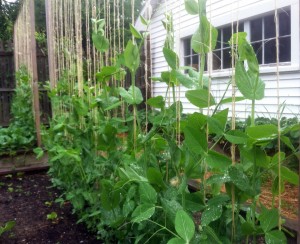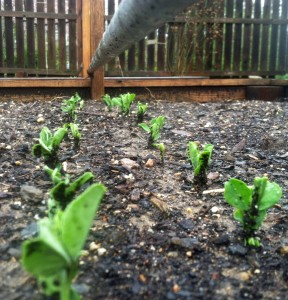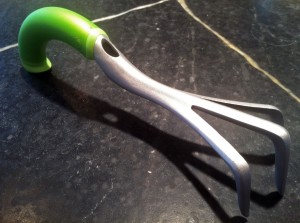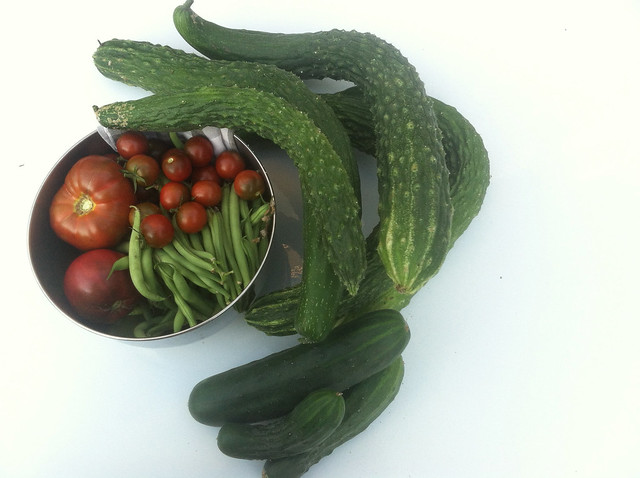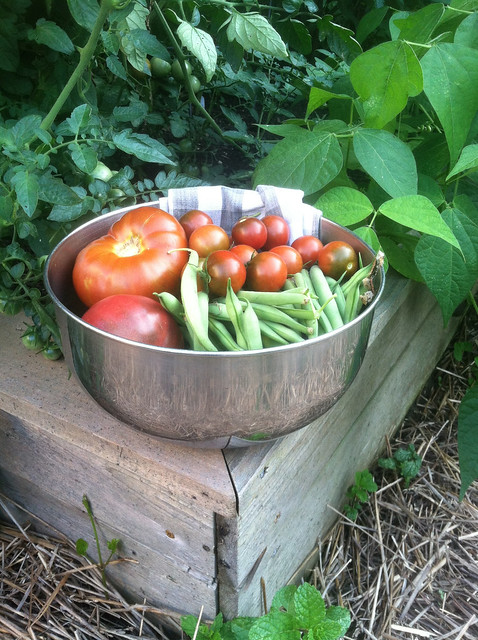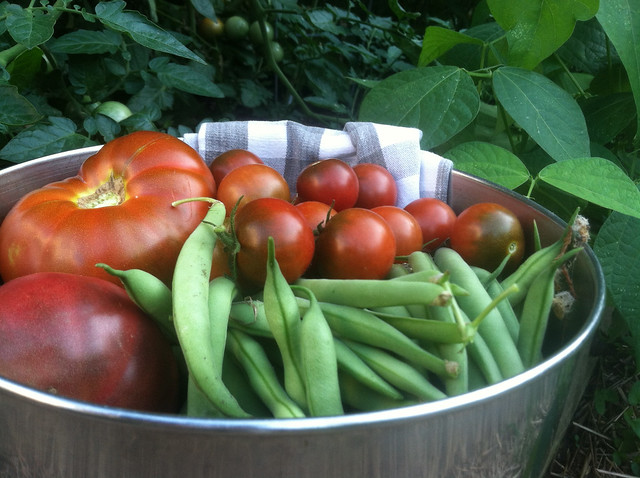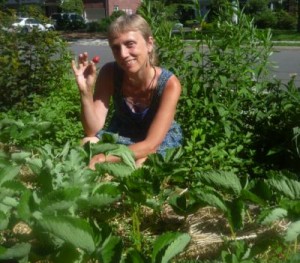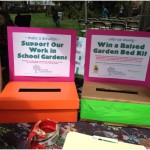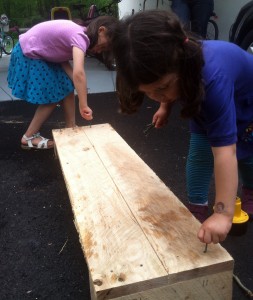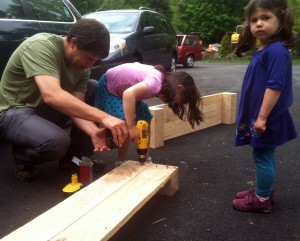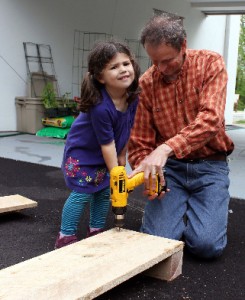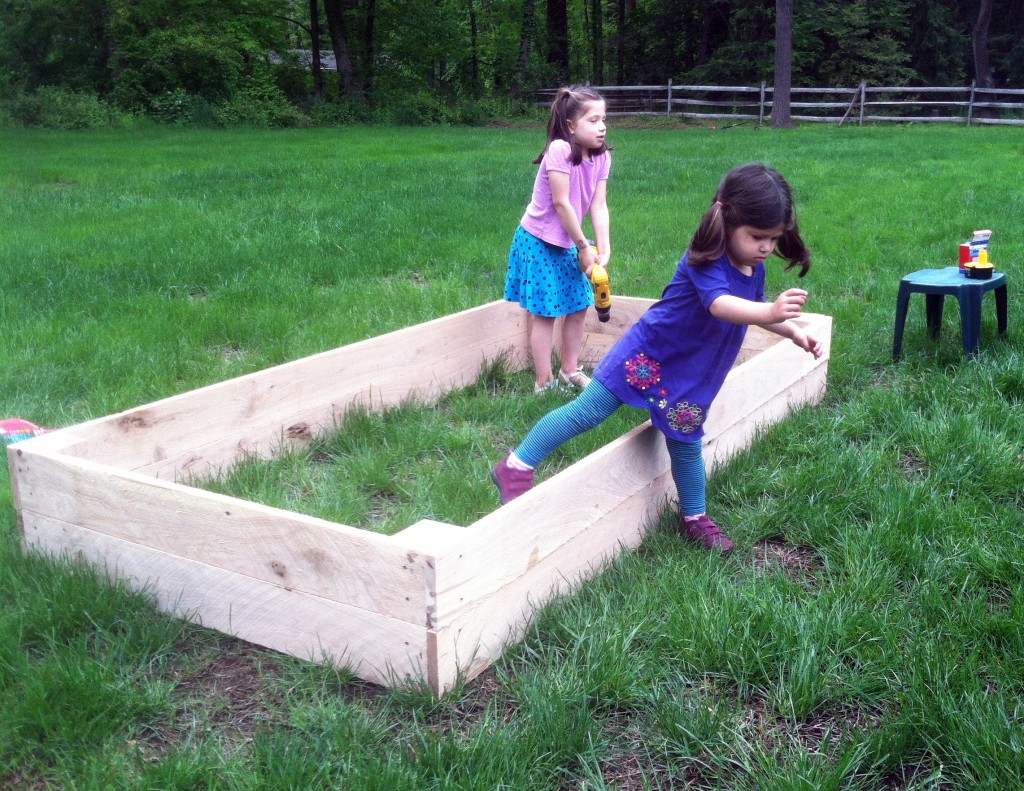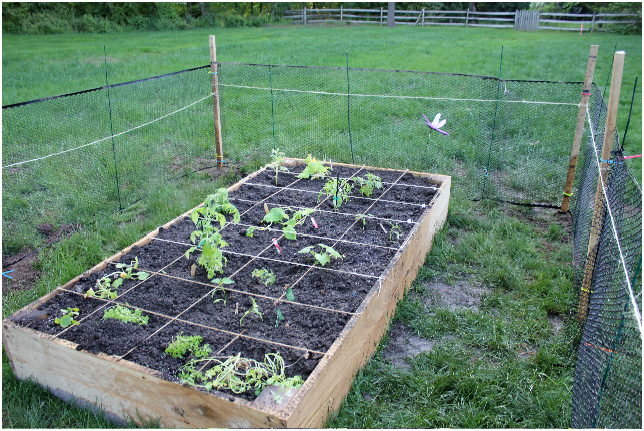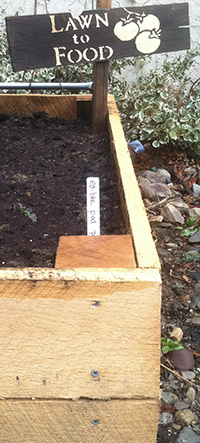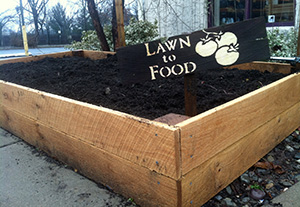
Soil from food and yard compost
A customer recently asked what soil is best to fill her new raised bed and whether it’s good to use yard-waste compost she and her husband have built up over the past few years.
An essential question and a great reason to return to garden educator Dorothy Mullen for the second in our series that I’m calling “Ask Dorothy.”
The first thing Dorothy noted is that there’s no point in having a raised bed if you don’t take advantage of the opportunity to enrich the soil from the typical clay-heavy soil you’ll find in yards around here.
The simplest way to do that is buy some from a supplier, such as Belle Mead Coop, that has already made a mix meant for gardening. As Dorothy says:
The Belle Mead mix is ready to use. It is not as light as the square foot gardening mix, but much less expensive. I’d recommend it.
If you’re going the do-it-yourself route:
The high clay content around here requires lots of compost or amendments to make it light and rich.
It’s controversial, but I was taught that compost from leaves is actually not very nutritious, but it’s wonderfully light and excellent for the texture. It brings up the one disadvantage of raised beds which is that the nutrients in the soil mix drain out quicker than they would in conventional in-ground beds, so raised bed gardeners should plan on using some kind of fertilizer. I use Espoma Garden Tone and sometimes fish emulsion.
The Square Foot Gardener swears by this formula: 1/3 peat moss, 1/3 vermiculite, 1/3 blend of compost, which you can buy until you are making your own compost. It’s expensive at first, but remember that a raised bed will grow more than twice the vegetables of the same space in a regular bed.
Peat moss is not a renewable resource so I use some but not nearly as much as I used to. I like it in the first year to get a new garden off the ground.
If you use your own compost, it may be filled with seed, particularly if you compost weeds. Leaf compost won’t have this problem. Use mulch to suppress weeds if you use seedy compost.
In short, the experts disagree on the best method. Personally I use lots of my own compost in subsequent years, but the first year I set up a bed I buy materials to make my soil mix. I skimp on the vermiculite which is horrifically expensive and I use oodles of compost and a little fertilizer.
I was glad Dorothy put in her strong plug for raised beds and followed up by asking why she says a raised bed will be twice as productive as the same space in a regular bed. Again it’s a matter of soil:
Raised bed soil is perfect. Jersey clay is not. You get twice the productivity because the roots don’t have to work and you add nutrients. The downside: hairy carrots. Some plants LIKE heavier soil.
There is rarely a perfect answer.

